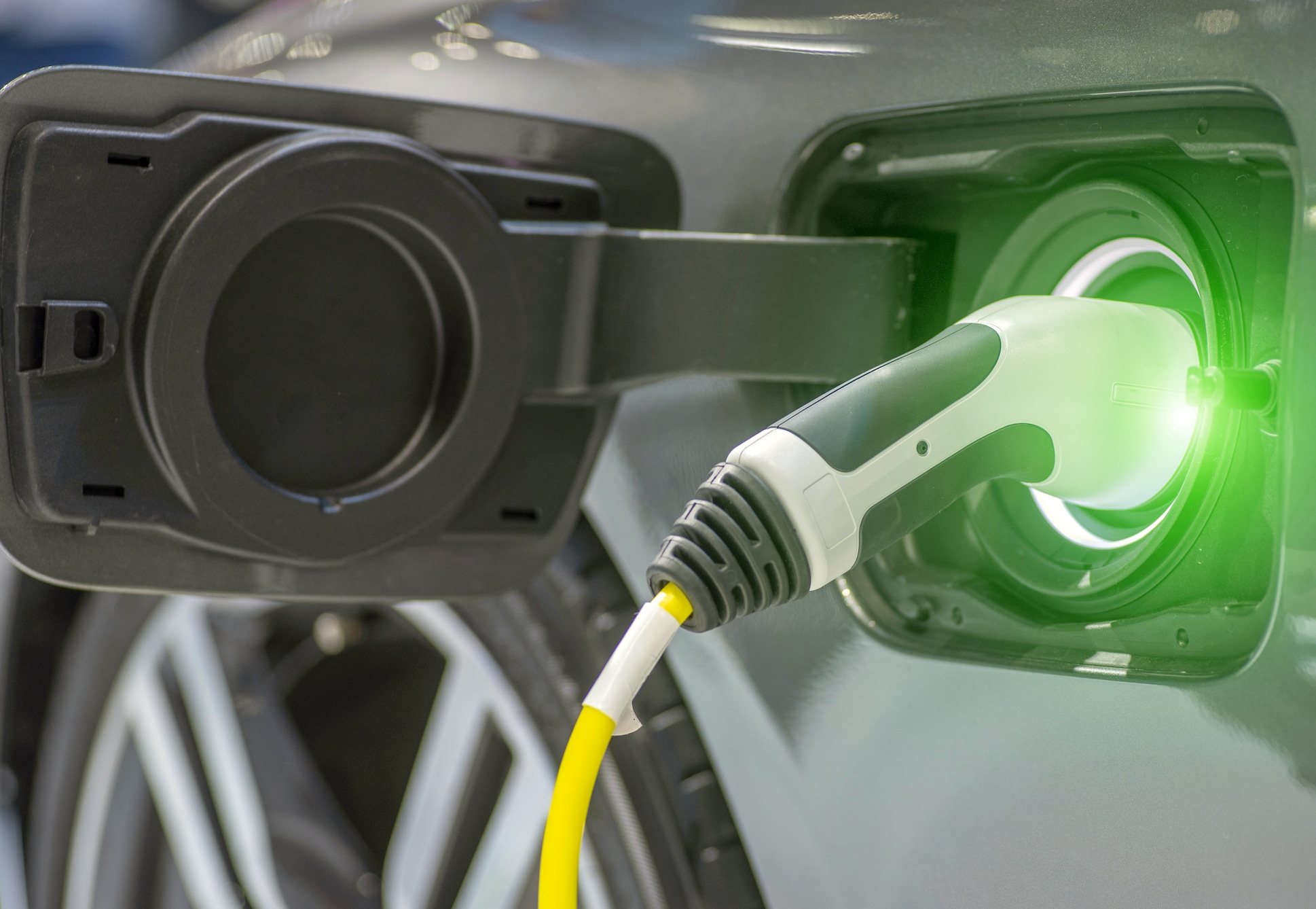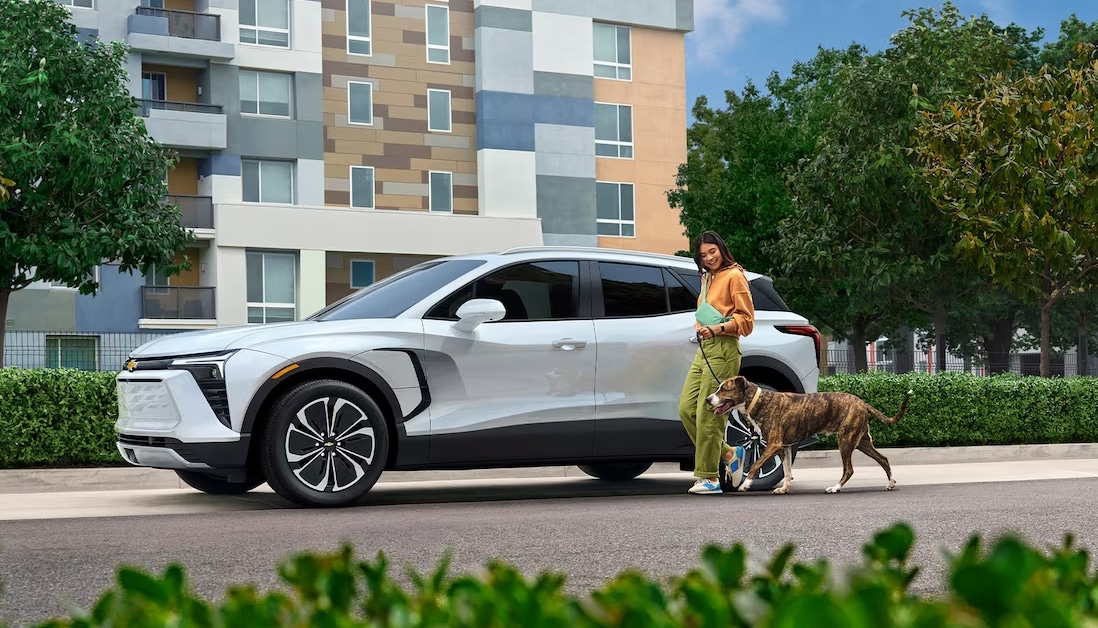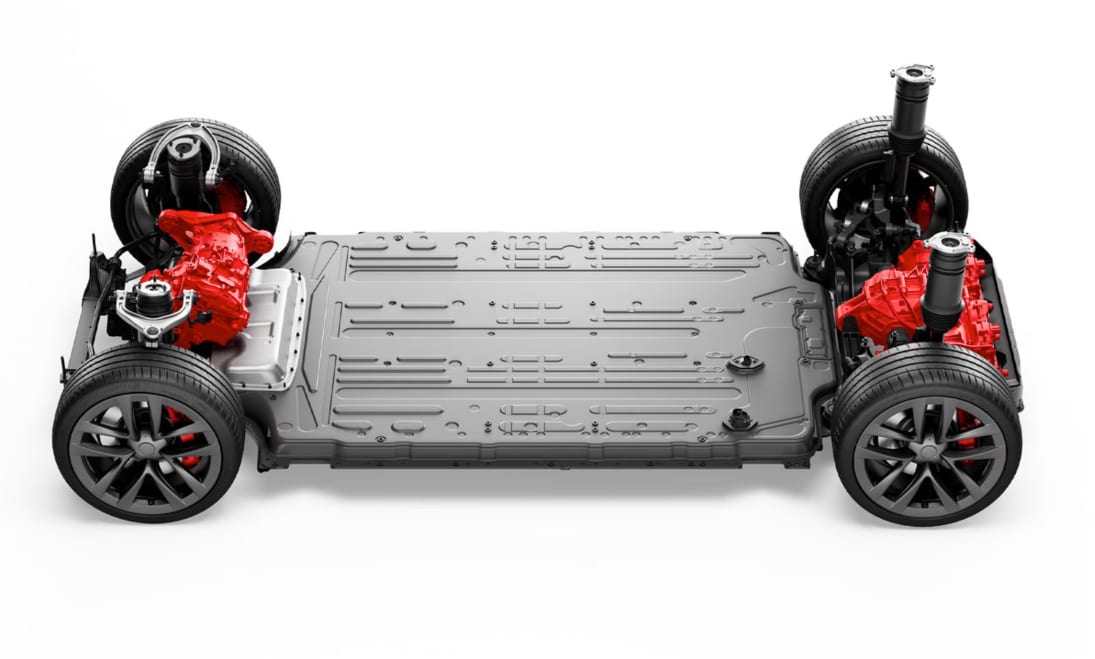When considering the purchase of an electric vehicle, one of the questions that always comes up is, do EVs cost more to repair? This is actually a two-part question that includes the average cost of ongoing EV service or maintenance and the cost to repair an electric car after it has been involved in an accident.
Do EVs cost more to Repair?

Cost to Maintain an EV
Let's start with average maintenance costs for EVs. Today's electric cars have fewer moving parts and are not as complex to repair when compared to an internal combustion engine (ICE) vehicle. Unlike a gas car, EVs don't require ongoing engine oil changes that bring you into the dealership every few months. In fact, EV maintenance is usually a matter of replacing the cabin air filter, checking the windshield wipers, and rotating the tires. As such, EVs cost much less in maintenance costs.
Think about it, unlike gas-powered cars, EVs never need coolant flushes, tune-ups, or oil changes, and they have fewer moving parts that eventually need to be replaced. They generally have simple one-speed CVT transmissions and don't have spark plugs that need to be replaced. There is no muffler to go bad, no clutch, belt drives, hoses, or expensive catalytic converters to replace.
The federal Office of Energy Efficiency tells us that the average gasoline-fueled vehicle costs ten cents per mile to maintain while EVs cost six cents per mile. If you drive 15,000 miles per year, you'll likely save at least $1,500 per year on service and maintenance over a traditional gas car.

EV Tires
For most EVs, a 7,500-mile maintenance check might include various mechanical inspections, lubricating the door locks, topping off the coolant level for the battery pack, and checking the power converter, cabin heater, and charger module. The only major cost is when you need to replace EV tires.
EV batteries cause these cars to weigh more than conventional cars and EV tires are designed especially to handle the added weight. As such, they are generally more expensive than the tires found on ICE cars. EV tires wear out up to 20 percent sooner, partially because the instant torque and speedy acceleration experienced in electric cars leave more rubber on the road.
Tire manufacturers are now making EV-specific tires that have low rolling resistance for maximize range and performance. Because of their unique composition, EV tires can cost 20- to 30-percent more than conventional tires.
Comparative Maintenance Costs
According to Edmunds.com the cost of maintaining a Chevrolet Bolt EV over a period of five years is approximately $2,800 compared to $4,400 for a gas-powered Chevy of a similar size. However, luxury models tend to cost more to maintain due mainly to higher parts costs and more advanced technology. For instance, Kelly Blue Book tells us that a new Audi Q4 e-tron will cost just over three grand to maintain over a five-year period, while a gas-powered Q5 will cost over five grand to maintain over the same five years of service.
While electric cars are less expensive to maintain when compared to ICE cars, they will still need new tires, wheel alignments, and tire rotations. Brakes will need servicing though regenerative braking helps the components to last a lot longer, and you'll still need to eventually replace suspension components. As for the battery pack that powers an EV, the batteries don't require maintenance and are made to last longer than the car itself.
But while EVs cost less to service, what about the costs incurred in repairing an electric vehicle that has been in an accident?


EV Crash Repair Costs
A recent study regarding collision repair costs discovered that the average accident repair for EVs is $950 higher than for ICE cars. But a large part of the extra expense had to do with the higher costs of repairing Tesla models. By comparison, the average bill for repairing EVs that are not Teslas was only $269 higher. In fact, the study found that overall, EVs are not particularly more expensive to repair but that the real difference may have more to do with the fact that EVs are heavier than ICE vehicles and thus, sustain more damage to the body panels and frame in a collision.
By the same token, if an EV crashes into another vehicle, the heavier weight of the batteries means that there is more energy to be absorbed and that can cause higher repair bills to the other car in a crash. However, EVs in the study exhibited lower claims frequency and fewer reported collisions. EV accident claims were 19 percent lower than gasoline-powered cars.
A True Tesla Story
We've all heard stories about Tesla maintenance and repair. The automaker seems to be unique in the way they handle problems with vehicles. This story comes to us from GreenCars' own Taylor Faust who owns a Tesla Model S. He bought the car used in 2018. Four months later, while driving to Medford, Oregon, his car issued a warning that said it would stop working when it was next shut off. Taylor drove to a Tesla Charging Station, turned it off and just as warned, it would not turn back on. He went to the Tesla app on his smartphone, and under "Service" he connected with an agent from Tesla.

They tried to start the vehicle remotely and based on the prompts from the car, Taylor was told a tow truck would be sent out to tow his Model S to Bend, Oregon (three hours away and the closest Tesla Service location). The car was under warranty, so the tow was free as was the repair for whatever electronic devils were menacing the car. However, Taylor would have to travel to Bend on his own dime to pick up the vehicle himself.
"Once the car was at the Service Center, a mechanic was assigned to it, and I was really pleased with the level of service. I would get texts nearly every day telling me when new parts were ordered, when they arrived and when they would be installed," Taylor says. "A week and a half later, my whole family drove to Bend and the service manager handed me the keys saying, 'You're good to go.' The whole experience gave me a lot of faith in Tesla."
However, when it comes to repairing damage from an accident, the story is often not so rosy. Sometime later, Taylor's neighbor accidentally backed into the Model S, denting, and twisting the front bumper. It looked like a simple enough repair to look at it. But Tesla cars use aluminum body panels and replacing a small part can actually be a big deal and very expensive to make right. Taylor tells us that the whole invoice for the repair was over $17,000. Good thing his neighbor has proper car insurance.
Overall insurance claims on the big luxury S Model are 2.4 times the average for all Tesla vehicles but that is not unusual for a high-end luxury car.

Driving Higher Repair Costs
Why are repair costs for EVs higher than traditional gas cars? Some of the expense comes down to the cost of highly advanced driver assist technology that are making cars more efficient and safer. Plus, damaged tech hardware often cannot be repaired and must be replaced at great expense.
EV repairs use up to 90 percent manufacturer-sourced parts that are more expensive than third-party parts from the aftermarket and 77 percent of EVs are upscale luxury models that cost more to repair. Then there's the "new tech" factor of using the electric vehicle brand's service centers to handle the repairs mainly due to the training needed to safely handle EV battery packs.
In fact, a recent report found that more hours of labor are needed for EV crash repairs that can contribute to up to half of the total bill. When an EV has been in an accident the battery pack is often de-energized and removed just to be safe. The battery pack is the most expensive component in an EV and the main contributing factor in a vehicle being written off as a total loss even after a minor collision.
The Bottom Line
A recent study in the industry trade publication Automotive News revealed statistics from Mitchell, a software company specializing in the collision repair industry. The study compared average repair costs for EVs compared to ICE cars. Interestingly, the news was largely positive for EVs. As mentioned earlier, repair totals for EVs were only $269 more, averaging six percent over the cost of repairing an average ICE vehicle. So, for most EVs, minor collisions should not be a major concern for owners.
Plus, as EVs continue to populate our roads, vehicle purchase prices and repair costs should continue to decline.


